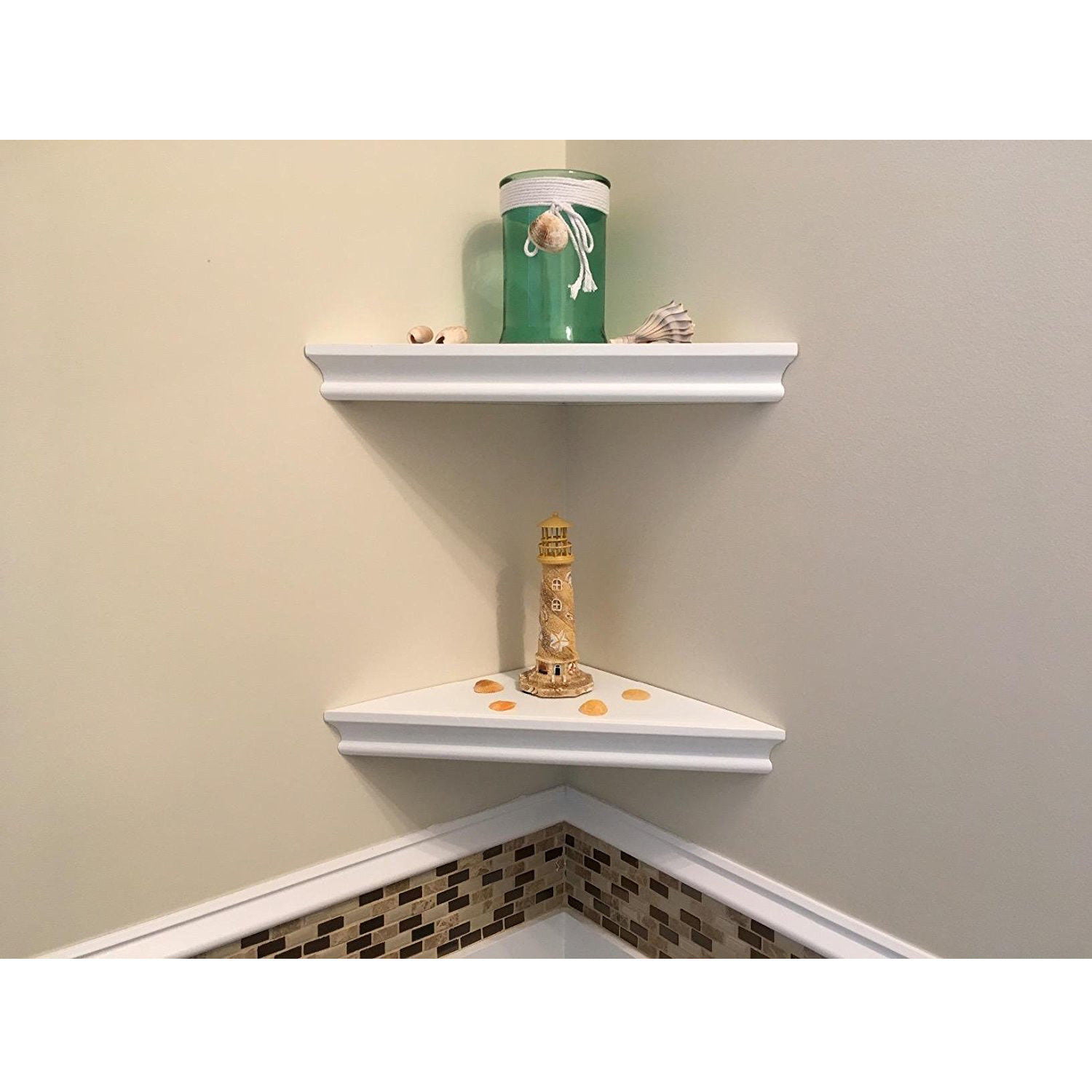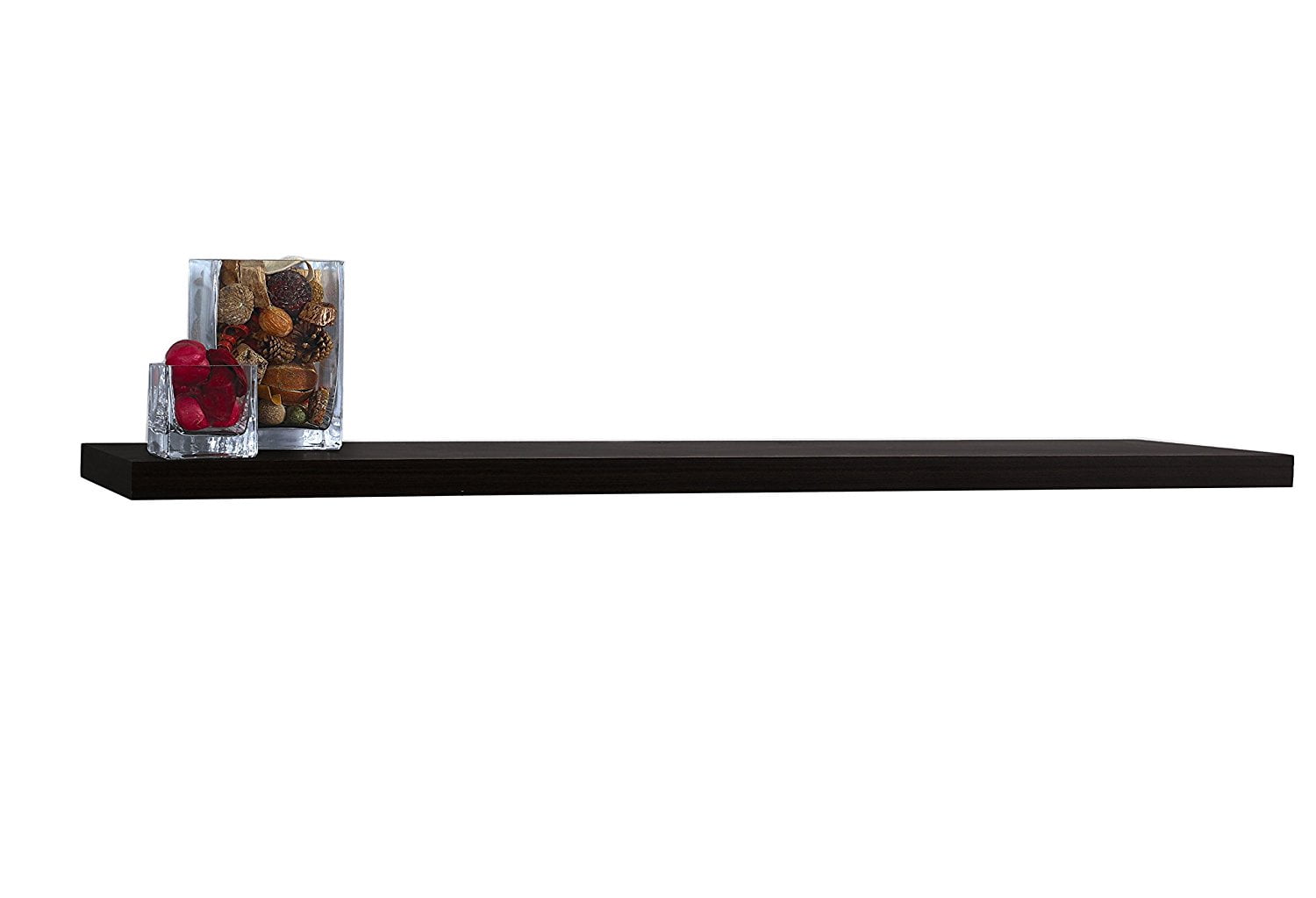

from Christmas wrapping paper) and an old pair of tights. You can also make a DIY draft stopper using items found around the house.
#Floating music shelf windows#
You can use draught excluding tape to seal the cracks and air leaks between your windows and doors for a cost-effective way to draught-proof your home.įor your internal doors you can use old towels or blankets to exclude drafts by rolling them up and placing them at the base of your door. If you can’t invest in a new door, consider using a combination of covers and draught sealing materials to prevent heat loss. The most common causes of draught is from letter boxes, pet doors, the door frame and the bottom of your door. Around 25% of the home’s heat escapes through cracks and gaps in the walls, windows and doors due to draughts. Your external doors can be leading causes of heat loss. Thermal curtains: from £10 Draught-proof doors - reduce heat loss up to 25% Researchers from the University of Salford say that drawing your curtains at sunset can reduce heat loss by around 15-17%. Close the curtains as the sun goes away to retain the heat. When it’s sunny, open your curtains to let sunlight in the house and warm up your room for free.

Curtains must be closed to stay effective. Thermal curtains work by trapping the cold air between your window and curtain, preventing heat loss by blocking drafts from entering the home and improving energy efficiency. Window insulation kit average price: £3.99 Use thermal curtains - and let the sunlight in - reduces heat loss by up to 25% This can reduce heat loss up to 50% on single-pane and 20% on double-pane windows. The bubble wrap can be easily removed without any damage or residue to scrub off. The water helps the bubble wrap to stick on windows. Simply cut the wrap according to the size of your windows and mist using water from a spray bottle. Properly insulating your home by sealing air leaks can save up to 20% on your energy bill.Ī cheap alternative to a window insulation kit is to use bubble wrap on your windows. To keep the heat from escaping, use a window insulator which you can get from any hardware shop. Once the candle begins to flicker, you have likely found a draught in your home. In order to find draughts and air leaks, light a candle and walk through your home, going along the walls where any draughts may be entering your home. Older houses especially tend to have draughty windows. Typical energy savings per year (detached house): £580 Insulate windows - reduce heat loss up to 50%
#Floating music shelf professional#
Typical professional installation cost (detached house): £680 Pitched roofs are easiest, whereas flat and dormer roofs are more difficult to insulate.

The type of roof your home has will play a part in how difficult it is to insulate. Recommended blanket-style insulation is between 250mm and 270mm depth. Go into your loft space and check how thick the insulation is. Uninsulated lofts can lose 25% of your home’s heat through the roof. So what better time to make a change, just before the colder months creep in. Some of the tips could see you shaving hundreds off your bills this year. Well, experts at Bed Kingdom have come up with a number of cheap ways to heat your home without spending a penny more on your bills. With the cost of living crisis continuing to bite, families are starting to wonder how they can heat their home without increasing their energy bills. And research shows searches for energy saving tips have now hit a 12-month high. Winter is coming and families are expecting fuel bills to increase to £3,549 this October as the Ofgem price cap goes up.


 0 kommentar(er)
0 kommentar(er)
